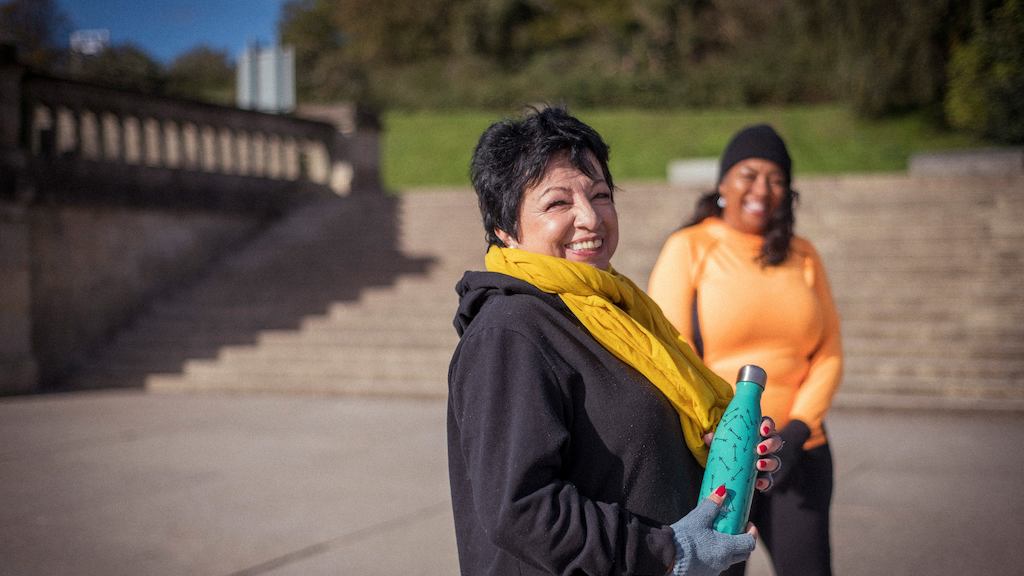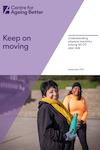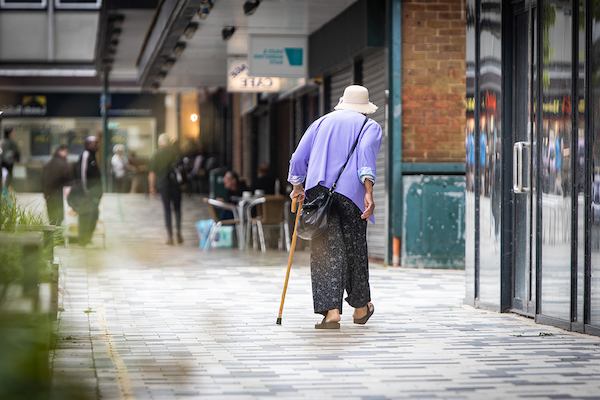Mid-life is crucial for maintaining activity levels as it's around this age that people start to develop long-term health conditions that need managing or preventing. From the age of 40, adults lose 8% of their muscle mass per decade. Low muscle mass is significantly associated with inability to perform activities of daily living with the prevalence of disability increasing significantly as muscle mass decreases. This is why incorporating strength and balance exercises are particularly important for those in in their 50s and 60s.
Despite guidelines from the Chief Medical Officer on the importance of physical activity to maintain strength and balance as we get older – such as yoga, Tai Chi and even more everyday tasks such as gardening and carrying bags – the research showed that few people are aware of the benefits of these kinds of activities.
Central government should prioritise physical activity as part of the pandemic recovery, working with local governments, health systems, the fitness and leisure sector and the voluntary and community sector to fund, create and adapt approaches that enable a diverse range of people aged 50–70 to engage with physical activity. We want health professionals to be able to encourage and support individuals to take up physical activity and it be afforded the same attention as other health initiatives such as tackling smoking.


